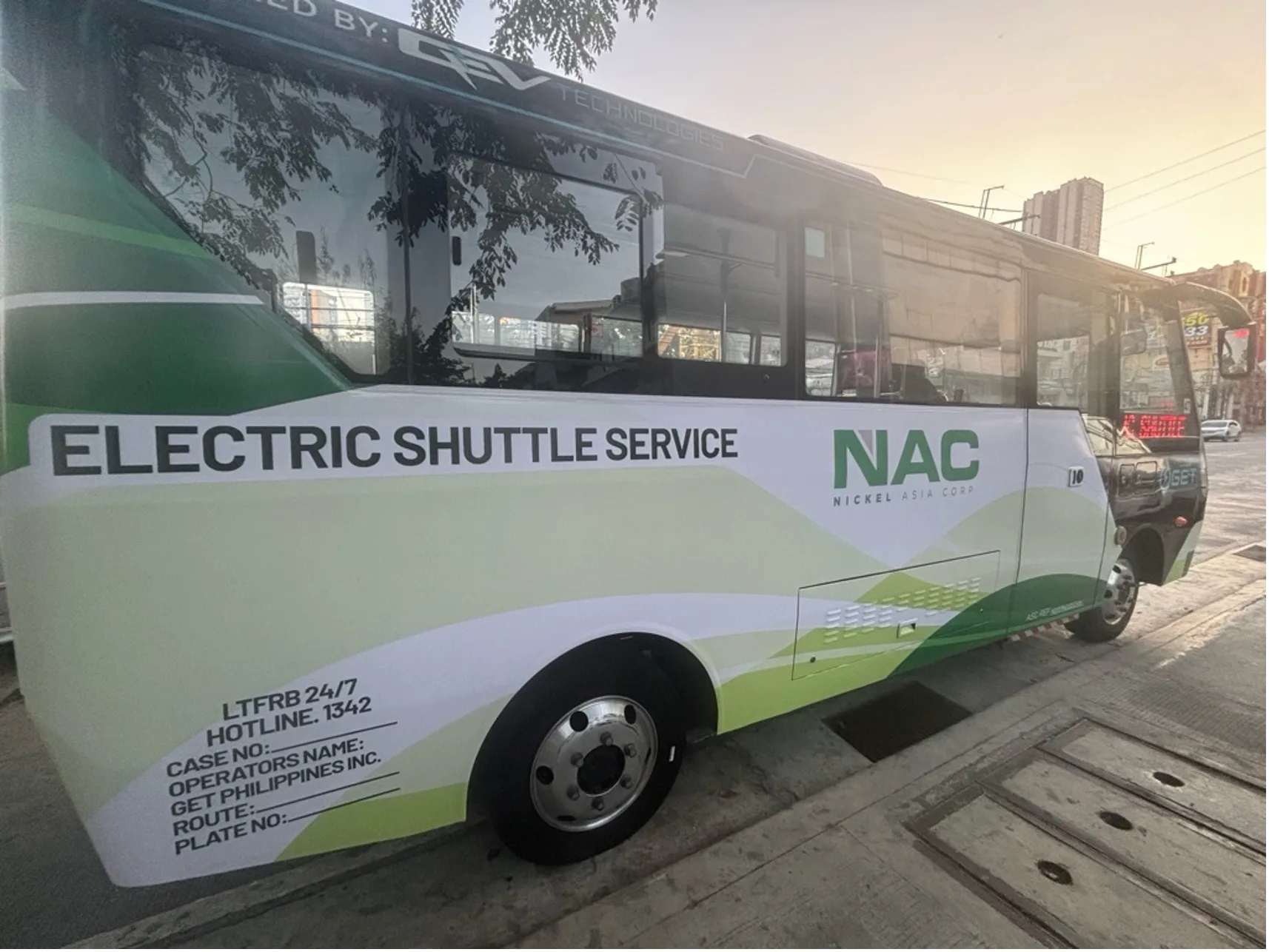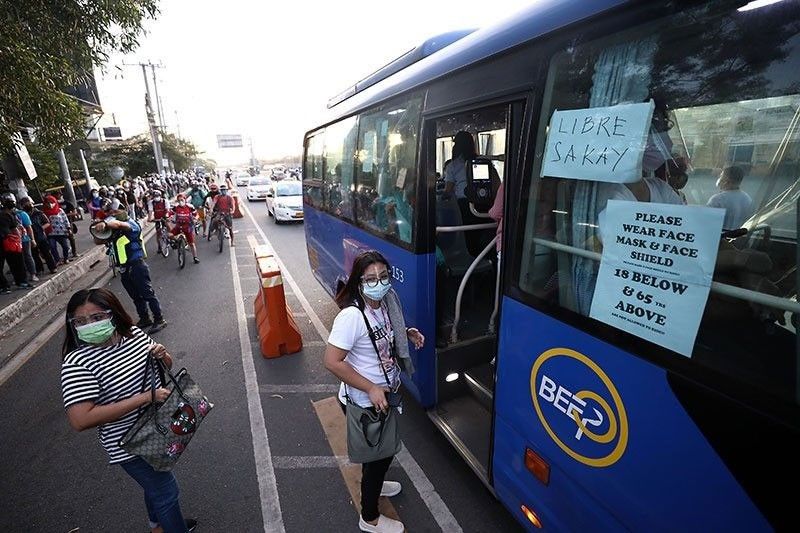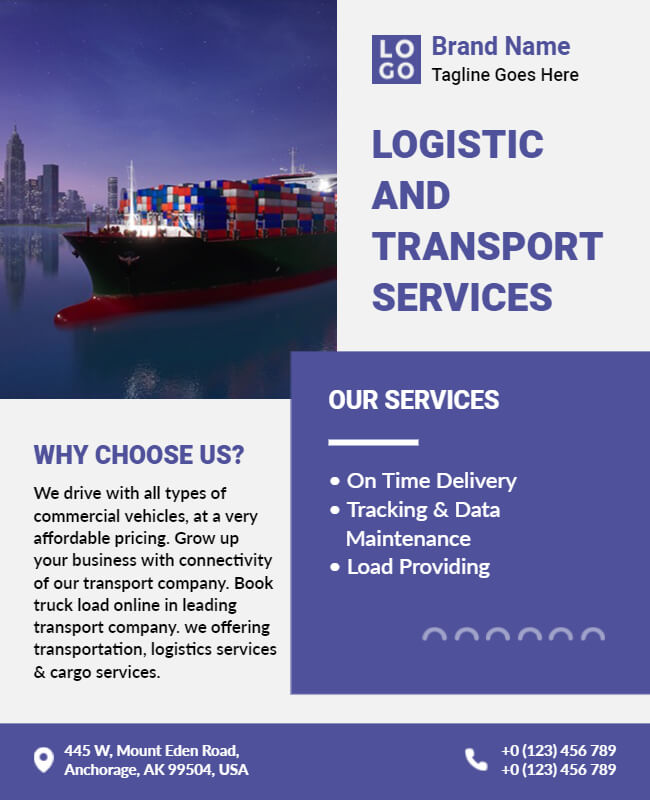Exactly How Transportation Advertising Can Change Mass Transit Spaces Into Dynamic Marketing Operatings Systems
Transit advertising holds significant potential to redefine public transportation spaces into dynamic marketing platforms that inform and engage. As we check out the diverse benefits and developing techniques of transit marketing, it raises the inquiry of exactly how this transformation could redefine our interactions with both brands and the city environment.
Advantages of Transportation Marketing

Additionally, transportation marketing is very economical compared to standard media. It permits advertisers to attain high impressions at reduced costs, maximizing roi. The captive audience of travelers offers a possibility for brands to share their messages to individuals that are often responsive throughout their travel times.
Moreover, the vibrant nature of transit advertising permits campaigns to be updated regularly, ensuring that messaging stays pertinent and timely. This flexibility can be crucial in reacting to market trends or marketing occasions, maintaining the brand name top-of-mind for consumers. Finally, the prevalent presence of transportation advertising adds to brand recall; repeated direct exposure within acquainted travel contexts strengthens brand understanding and promotes consumer loyalty, eventually enhancing and driving sales brand name credibility.
Sorts Of Transit Marketing
Public transport systems supply various styles for marketing, each providing to various advertising strategies and target market interaction techniques. One prominent type is external bus and train wraps, which cover the whole vehicle and develop a mobile signboard effect, enabling for high exposure in metropolitan atmospheres. These covers can catch interest as they pass through busy roads, reaching a diverse target market.
Another prominent layout is indoor advertising, which consists of posters, digital screens, and advertisements on transit seats. These placements involve travelers during their journey, strengthening brand messaging in a constrained area. Digital displays, particularly, use the advantage of vibrant material, enabling marketers to update messages in real-time.
Terminal advertising and marketing is also substantial, featuring posters, banners, and interactive kiosks within transportation stations. These advertisements leverage foot website traffic and can target particular demographics based on place.
Lastly, advertising partnerships with transportation authorities can result in one-of-a-kind campaigns, such as themed transportation experiences or events, boosting the general engagement with travelers. Each sort of transportation advertising supplies unique advantages, allowing brand names to tailor their strategy to successfully reach their target audience within the general public transportation ecosystem.
Involving Commuters Properly
Commuters are significantly flooded with marketing messages throughout their everyday trips, making it vital for brand names to engage them in cutting-edge ways. To catch focus in this crowded area, marketers need to focus on imagination and relevance. Making use of appealing visuals and succinct messaging can substantially boost the possibility of interaction.
Interactive aspects, such as QR codes or increased fact features, can likewise change fixed advertisements into immersive experiences, promoting a deeper connection with the audience. Brands must concentrate on resolving travelers' interests and needs, tailoring messages to resonate with their way of life, whether with promotions for regional services or services developed to improve their commuting experience.
Additionally, timing plays a critical duty; purposefully positioning advertisements throughout height travelling hours can take full advantage of exposure and effect. Engaging commuters effectively also involves leveraging social media integration, allowing guests to share their promos or experiences straight from transportation platforms, consequently magnifying brand reach.
Fundamentally, effective involvement rests on recognizing the traveler journey and creating compelling, interactive, and relevant advertising experiences that not just catch attention yet additionally drive action and commitment. By doing so, brand names can change public transport right into a vibrant marketing platform that reverberates with its target market.

Measuring Advertising Impact
Exactly how can browse around this web-site brands properly examine the effectiveness of their advertising and marketing campaigns en route settings? Measuring the influence of transit advertising and marketing needs a complex technique that combines qualitative and quantitative metrics. One common method is tracking interaction via mobile analytics, where brand names can analyze foot web traffic patterns and app communications before, throughout, and after campaigns.
Studies can offer beneficial insights right into brand name recall and consumer view, allowing brands to determine how well their messages reverberate with travelers. Furthermore, monitoring social networks involvement pertaining to certain projects can reveal changes in public perception and brand conversation.

Moreover, teaming up with transportation agencies can improve dimension accuracy, as they frequently possess thorough group data on ridership trends. By integrating these techniques, brand names can develop a detailed understanding of their advertising and marketing performance, ensuring that their campaigns not only reach however likewise affect their target market properly.
Future Fads in Transit Advertising And Marketing
A significant shift is anticipated en route marketing as technological developments and altering consumer behaviors improve the landscape. Transit Advertising Philippines. The integration of interactive media and digital screens is expected to enhance involvement, permitting brand names to deliver dynamic web content that reverberates with varied audiences. As mass transit systems accept smart modern technology, marketers will leverage real-time information analytics to tailor messages based upon traveler demographics and habits
Moreover, boosted truth (AR) is poised to change the method commuters connect with ads. By providing immersive experiences, AR can change a mundane trip into an interesting narrative that records interest and fosters brand name loyalty. This technology will likely motivate marketers to create even more experiential campaigns that drive customer interaction.
Sustainability is an additional vital trend influencing transportation marketing. As ecological consciousness expands, brand names will progressively look for to align with eco-friendly methods, making use of sustainable products and advertising eco-friendly campaigns within their campaigns.
Final Thought
In verdict, transit marketing offers considerable benefits by boosting brand exposure and involving a captive target market. Via various styles, such as outside covers anonymous and digital screens, it changes public transport into a vibrant advertising platform. Reliable involvement strategies and robust measurement techniques better enhance its effect. As fads evolve, the potential for ingenious interactions in between brand names and commuters is positioned to grow, guaranteeing that transit marketing stays an essential part of modern marketing strategies.
Transportation advertising and marketing holds considerable capacity to redefine public transportation spaces right into lively marketing platforms that engage and educate. The pervasive presence of transportation advertising and marketing contributes to brand recall; click here for more info duplicated direct exposure within familiar travel contexts enhances brand name awareness and fosters customer loyalty, ultimately boosting and driving sales brand credibility.
How can brand names accurately assess the performance of their marketing campaigns in transportation atmospheres?In conclusion, transportation marketing offers substantial advantages by enhancing brand name visibility and involving a captive target market. Transit Advertising Philippines. As patterns evolve, the possibility for ingenious communications between travelers and brands is positioned to grow, making certain that transportation advertising continues to be a crucial component of modern-day marketing approaches